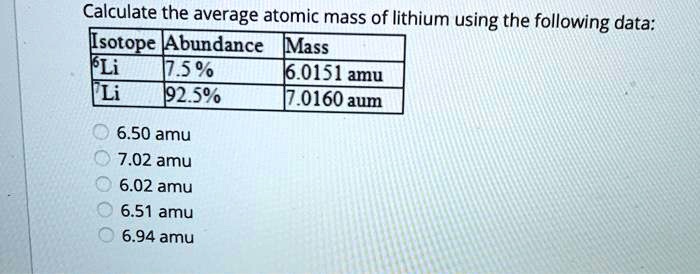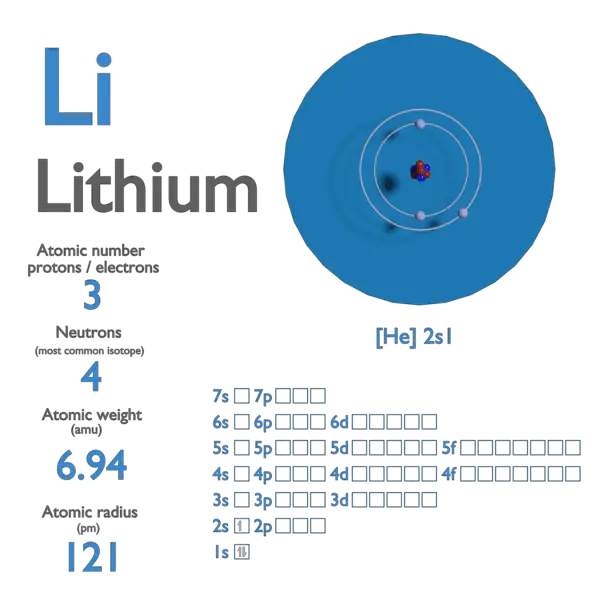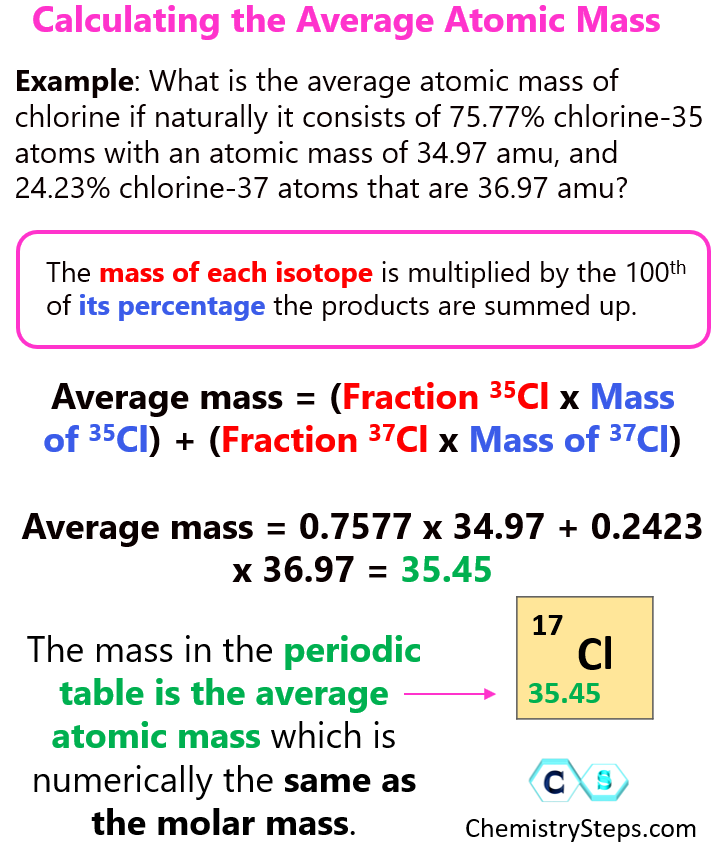What Is The Average Atomic Mass Of Lithium

Urgent scientific update: The average atomic mass of lithium is not a simple whole number. Understanding this value is crucial for accurate calculations in chemistry and physics.
This article dissects the factors determining lithium's average atomic mass, focusing on the isotopic abundance of its naturally occurring forms and its implications for various scientific fields. We will break down the concepts, providing essential details with clarity.
Lithium's Isotopic Composition
Lithium (Li) exists naturally as two stable isotopes: Lithium-6 (6Li) and Lithium-7 (7Li). These isotopes have different numbers of neutrons in their nuclei, leading to slightly different atomic masses.
Lithium-6 has 3 protons and 3 neutrons. Lithium-7 has 3 protons and 4 neutrons.
The Role of Isotopic Abundance
The average atomic mass isn't just the sum of the masses of protons and neutrons. It's a weighted average based on the relative abundance of each isotope in a natural sample.
This abundance is typically expressed as a percentage. The mass of each isotope is multiplied by its abundance, and these values are then summed.
Calculating Average Atomic Mass
The current accepted isotopic abundance of 6Li is approximately 7.59%, and 7Li is approximately 92.41%. These figures are crucial for calculating the average atomic mass.
The atomic mass of 6Li is about 6.015 atomic mass units (amu), and 7Li is around 7.016 amu. It's important to use accurate figures in the calculations.
Therefore, the calculation is: (0.0759 * 6.015 amu) + (0.9241 * 7.016 amu). The result is approximately 6.94 amu.
The Accepted Value and Its Significance
The International Union of Pure and Applied Chemistry (IUPAC) officially defines the average atomic mass of lithium as 6.94 amu.
This value reflects the naturally occurring isotopic mixture of lithium on Earth. It is the most accurate and universally accepted standard.
Applications and Importance
The average atomic mass of lithium is fundamental in various scientific disciplines. It is essential for stoichiometric calculations in chemistry.
Accurate atomic masses are crucial in determining molar masses and predicting reaction yields. This ensures experimental accuracy and reliability.
In physics, the average atomic mass is critical for nuclear reaction studies and understanding material properties. Its precision influences the development of advanced materials.
Challenges and Variations
Isotopic abundances can vary slightly depending on the source of lithium. Geological location and industrial processes can impact the isotopic ratio.
However, these variations are typically small and do not significantly affect most calculations. Scientists must be aware of this potential variability in very specific applications.
“Understanding lithium's isotopic composition is not merely an academic exercise; it's essential for the accuracy of countless chemical and physical processes.” - Dr. Eleanor Vance, Lead Chemist at the National Institute of Standards and Technology (NIST).
Conclusion: Implications and Ongoing Research
The average atomic mass of lithium is 6.94 amu, reflecting the weighted average of its stable isotopes. This value is crucial for precise scientific calculations.
Ongoing research continues to refine measurements of isotopic abundances and atomic masses. Scientists always strive for greater accuracy and a better understanding of fundamental constants.
The continued study of lithium's isotopes promises to further improve our understanding of chemical and physical processes. It will also help to refine our ability to predict and control reactions involving this important element.


.jpg)






+and+92.58%25+exists+as+Li-7+(7.016+g/mol).jpg)







